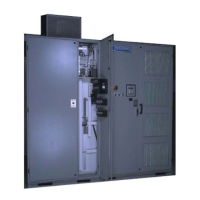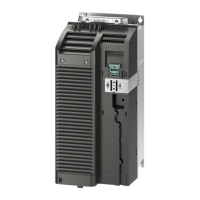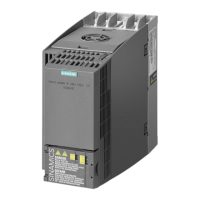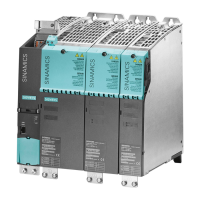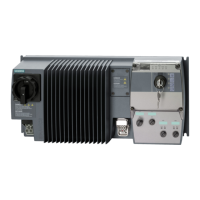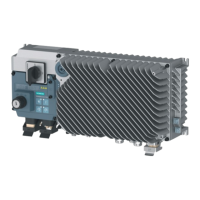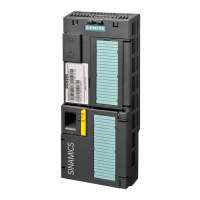7.12 Process Tolerant Protection Strategy (U10)
Process Availability
Process availability is the primary prerequisite for applying a medium voltage VFD system in a
process critical application. It is essential that the process operator receive complete and
accurate information on drive status, to allow for process adjustments that can preclude process
trips and disruptions in process capability.
Process Tolerant Protection Strategy (ProToPS™)
ProToPS™ is a standard implementation of the drive SOP. ProToPS™ is a system program
implemented from a customer process perspective that puts the process operator in control of
the process.
ProToPS™ indicates a change in state in the VFD to the operator. These annunciations identify
changes that can impact the ability of the VFD to meet process demands, or to provide advance
indication of a pending VFD trip.
ProToPS™ allows the process operator to take the following actions:
• make process corrections
• maintain the VFD in service
• adjust the process to address a pending VFD trip
With ProToPS™, the process operator not only knows the general status of the VFDs, but also
understands the VFD condition that has caused the general alarm to exist.
ProToPS™ Function
In the ProToPS™ SOP all of the automatic roll-back ags are turned o, and both cell bypass and
auto-restart are implemented as standard. The need to roll-back is still necessary, but the process
operator is now responsible to implement a roll-back as part of a process correction, as opposed
to having the VFD roll-back either dictating, or in worse case upsetting, the process.
ProToPS™ takes the standard fault indications available in the VFD and categorizes them into
four categories as follows:
1. Alarm
An alarm indicates that a VFD parameter limit has been reached, or that a VFD system
condition is present. An alarm draws the operator's awareness to the condition, but demands
no immediate action. Examples of alarm causes include the following:
– over-voltage
– under-voltage
– ground fault
2. Process alarm
A process alarm indicates that a VFD parameter limit has been exceeded and that the process
either should be limited, or that the VFD capacity to meet the process demand is limited.
Examples of process alarms include thermal limits above the rated limit and the condition of
a cell having been bypassed.
Operating the Control
7.12 Process Tolerant Protection Strategy (U10)
NXGPro+ Control Manual
Operating Manual, A5E50491925A 223
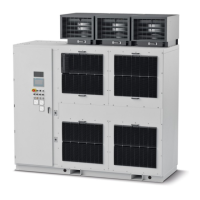
